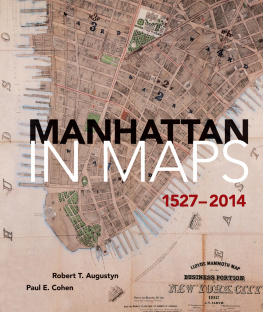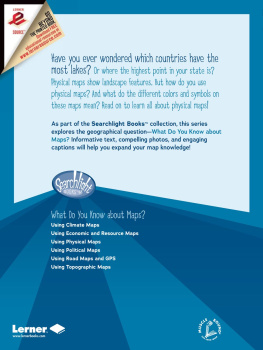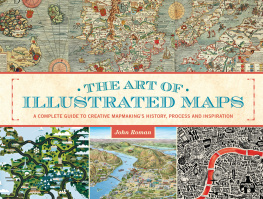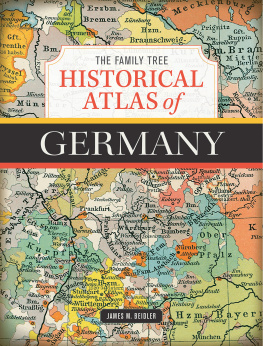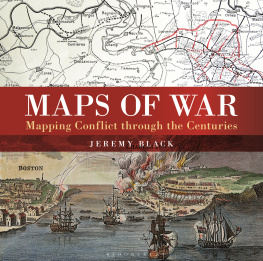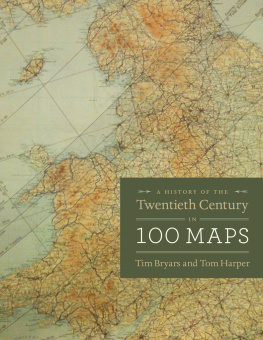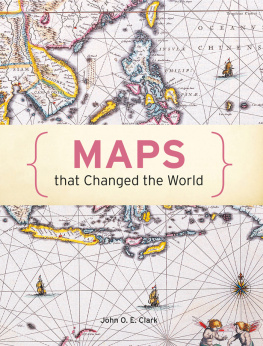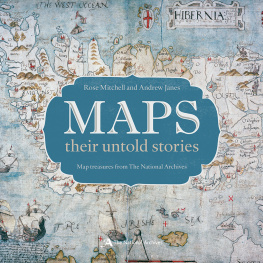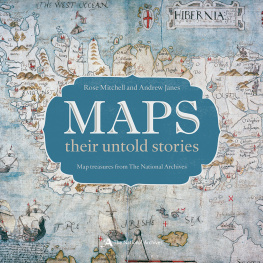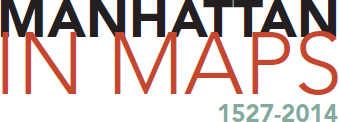Paul E. Cohen - Manhattan in Maps 1527–2014
Here you can read online Paul E. Cohen - Manhattan in Maps 1527–2014 full text of the book (entire story) in english for free. Download pdf and epub, get meaning, cover and reviews about this ebook. year: 2014, publisher: Dover Publications, genre: Romance novel. Description of the work, (preface) as well as reviews are available. Best literature library LitArk.com created for fans of good reading and offers a wide selection of genres:
Romance novel
Science fiction
Adventure
Detective
Science
History
Home and family
Prose
Art
Politics
Computer
Non-fiction
Religion
Business
Children
Humor
Choose a favorite category and find really read worthwhile books. Enjoy immersion in the world of imagination, feel the emotions of the characters or learn something new for yourself, make an fascinating discovery.
- Book:Manhattan in Maps 1527–2014
- Author:
- Publisher:Dover Publications
- Genre:
- Year:2014
- Rating:5 / 5
- Favourites:Add to favourites
- Your mark:
Manhattan in Maps 1527–2014: summary, description and annotation
We offer to read an annotation, description, summary or preface (depends on what the author of the book "Manhattan in Maps 1527–2014" wrote himself). If you haven't found the necessary information about the book — write in the comments, we will try to find it.
More than 400 years of history unfold in the pages of this lavishly illustrated volume, which presents sixty-five full-color maps of Americas oldest major city. This is Manhattans first atlas of historical maps, gathered from private collections and libraries throughout the world. From Giovanni da Verrazzanos first glimpse of New York Harbor in the sixteenth century to a modern aerial survey of the island, these rare and beautiful maps recount the citys urban and social history.Each map is accompanied by a fascinating essay that explores its portrait of New Yorks changing physical and social contours. Examples from the Dutch colonial period reflect the findings of Manhattans earliest European settlers. New York was the command center for British forces during the Revolution, and wartime maps painstakingly delineate the battlegrounds streams, swamps, hills, and shoreline. Frederick Law Olmsted and Calvert Vauxs original plan for Central Park appears here, along with charts that reveal the development of the Manhattan grid as well as the expansion of ethnic neighborhoods, midtown vice, and the subway system. Each entry cites the maps title, date of creation and publication, cartographer, medium, and the institution or private collection where the map is archived. There is a Foreword by Tony Hiss, a bibliography, and complete index, as well as a new Introduction by Marguerite Holloway, author of The Measure of Manhattan (2013), and an essay by landscape ecologist Eric W. Sanderson, which includes a map by Mr. Sanderson and cartographer Markley Boyer providing a view of Manhattan Island as Henry Hudson might have seen it in 1609. Here then is the story of Manhattan as it was, as it is, and even as it might have been. Maps tell the story. All the output of all the journalists who have written about Manhattan does not succeed half as well.Ted Koppel, former managing editor and anchor, NightlineManhattan in Maps enables us all to look through layers of time and concrete to the ground of life in this city through over three centuries. . . . an invaluable visual guide to New York City history.Alice C. Hudson, Chief, Map Division, Center for Humanities, The New York Public Library
Paul E. Cohen: author's other books
Who wrote Manhattan in Maps 1527–2014? Find out the surname, the name of the author of the book and a list of all author's works by series.

